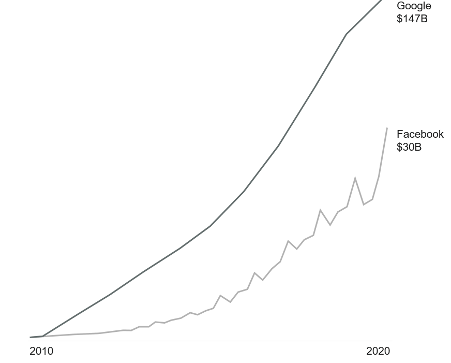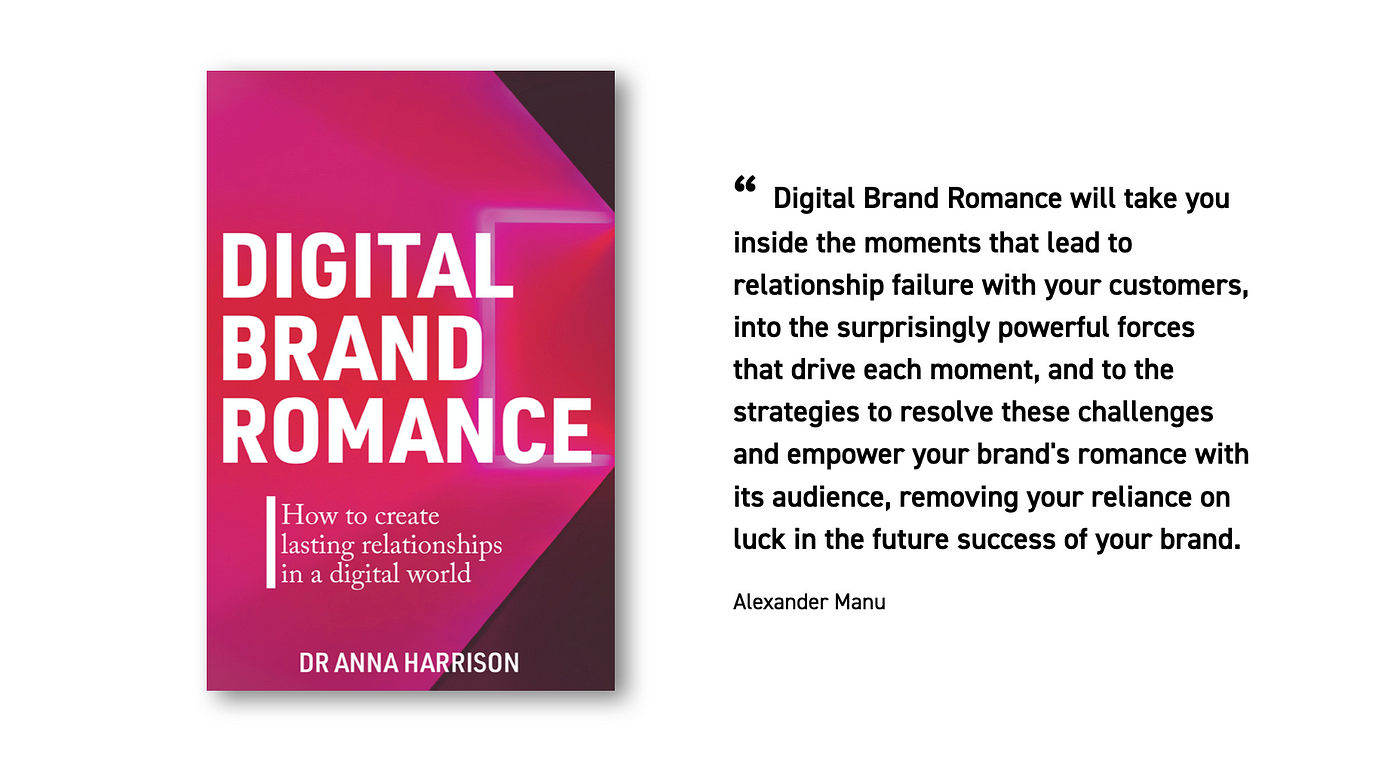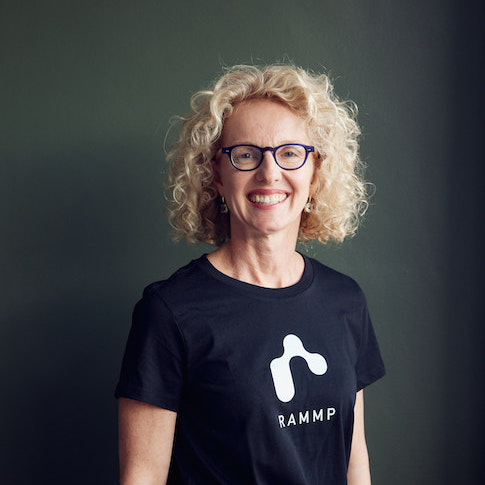Simon says we should start with why. Attention is one of the scarcest resources on the planet, the driver behind modern economics, and a global leveler. Each day, regardless of where you wake up, you awaken to a fixed set of hours at your disposal. The primary objective of every other entity on this planet is to consume a portion of your available attention. This is entirely my goal too: I have at most one more paragraph to quietly convince you that this is the post you should read right now, that reading this post will give you an edge over your competition, and that you can’t afford to delay. Tick tock.
Brutal transparency, unique vision, and clarity of thought are often cited as my superpowers. An odd combination to hang your cape on, but these are the tools with which I have toiled for 10,000+ hours, mastering my craft. I have worked with clients around the world, from leading brands to startups in almost every industry. I have listened to their stories, deconstructed their successes and failings, and reconstructed them as repeatable and scalable pathways for growth. With their help, I have created a proven formula for success in a digital space — a consistent way to sell more, more often. My why is because this is where my passion and expertise lie. Your why is because you can’t afford not to know.
Digital Is the New Normal
It is 2022. Millennials are almost 40 years old, and the world is hungover from the COVID-19 pandemic. A decade of behavioral change took place while we were socially distancing. I ran into your grandmother at the park yesterday. She showed me how e-commerce works. Digital is so much the new normal that in only a year, the phrase has already become banal.
Moore’s law has conditioned us to be amazed at the pace of technological change. Each decade, tomorrow’s technology is served up yesterday. Blink, and supercomputers are replaced by cell phones. Blink, and cell phones are replaced — perhaps we can’t imagine what will replace them, but we fully expect that we will be amazed.
In contrast, the rate of change in human behavior is staggeringly slow. Researchers dedicate careers to unraveling the science behind this and still can’t tell us why it’s easier to eat a doughnut than get up at 4:44 a.m. on a Monday to run 10 km in the cold. Rogers technology adoption curve quantifies our propensity for inertia: only 14 percent of the population is willing to try something new. Everyone else wants to be a follower, ideally, a third or fourth follower. Even the first follower position is remarkably unpopular.

Rogers technology adoption curve
And then a shift. A tsunami out of nowhere resets our expectations. Fear of getting sick and the pragmatics of being housebound leave us with no option but to adapt. And we do. According to McKinsey, more goods were traded online in the first 90 days of the pandemic than in the preceding decade. Google predicts that around 60 percent of all global spending will be digital by 2024. Mired executives find themselves repeating a new refrain to colleagues over Zoom calls “What I thought was impossible, we achieved in two weeks.”
The Shift Is Permanent
Although COVID-19 was a catalyst for the step change in human behavior, the effects of these changes are here to stay. In parts of the world that have returned to “normal,” indications are that the shift to digital is permanent. The Reserve Bank of Australia has reported that 30 percent of Australian households now prefer to engage and shop online, despite having the freedom to choose to shop in person (Australia, being both an island and at the very end of the universe, is fortunate to have had a very mild case of the pandemic by global standards* although, the last three months have been a kicker!).
I think we all now understand that anyone will buy anything online, given the right experience, and if your retail model is based on being an endpoint to a logistics chain then you have an existential problem — Benedict Evans, Resetting Online Commerce
The writing on the wall is unmistakable. The large “millennial” consumer group, and those younger, are characterized as having high expectations and brutal disloyalty. Global conditions have accelerated the technology adoption curve, bringing the laggards online. Google research reports that over 84 percent of all purchases prior to the pandemic, including consumer and enterprise purchases, originated online. They even have a name for the moment of first contact — the zero moment of truth (ZMOT). Without exception, the first point of contact between your brand and your future customer will happen in a digital space (Figure 0.2).

The shift to digital is complete: The mainstream market has adopted digital as the starting point for buying journeys
Imagine this. You are a junior engineer in your first week of a new job. Your boss tasks you with researching options for industrial radial sprayers to specify on a large client job. You Google “industrial radial sprayers” and begin your search. What happens next? Remember that I don’t know you, but I do know with reasonable certainty that this is what you will do: you will look at the search results displayed on the first page and open a few links into new tabs. You will navigate to each new tab, giving it a quick once-over and decide in a matter of seconds whether you will continue to research that brand or go back to Google and search for something new.
Chief executive Mark Coulter said recent trading suggested COVID-19 had permanently accelerated the adoption of online shopping in the furniture and homewares market.
You only need to look at the US to see how the e-commerce market is playing out, and why we remain bullish about the shift from offline to online. We are at the start of this once-in-a-generation shift (to online shopping) — Mark Coulter, CEO, Temple & Webster
Over 90 percent of all traffic on the Internet originates on page one of Google. A corollary to that statistic is that content not listed on page one of Google gets close to no traffic. The odds of the junior engineer investigating your brand are overwhelmingly not in your favor.
On the one hand, we know that the relationship between your brand and a new customer will begin in a digital space. On the other, the odds that the new customer will find you and then give you more than a cursory glance are reasonably close to zero.
In Modern Romance, comedian Aziz Ansari reports on research conducted by Columbia University into the “new world” of dating. Long story short — at any moment, should you choose to, you can access over two billion potential dates right in your phone, and yet, conversion rates from these apps are regularly very low, circa 3 percent for the top performers. In a commercial context, we have been conditioned to expect that 3 percent conversion rates are “good,” an assumption that delivers hockey-stick growth to those selling ads, not those buying ads.

Global AdWord revenue for Facebook and Google
In real life, you need to be strategic about finding a relationship in your phone, converting it and then making it last. To a large extent, we understand how to optimize each of these three stages in real life. In business, the industry is vigilantly focused on finding new potential relationships and pays relatively little attention to what happens next.
The consumer experience is rapidly evolving from one that’s built upon the transactional process of in-store shopping to one that’s rooted in deep, ongoing and enriching relationships — Harvard Business Review 2021
The part of the process where the value lies — the conversion and long-term maintenance of the relationship — has not yet been optimized at scale. Although we know that loyalty delivers 2.5 times more revenue , we simply have not yet devised a formula for consistently and systematically creating digital spaces that encourage and enhance the formation and evolution of relationships between brands and site visitors.
Expectations Unmet
While human behavior has shifted, business change has not followed suit at the same pace. Consumer expectations currently exceed what brands are delivering. Case in point: Forbes reports that 80 percent of businesses think they deliver exceptional customer experiences — yet only 8 percent of their customers agree. These conditions are ideal for large-scale customer dissatisfaction.
Customer satisfaction is subjective. It is a condition or property experienced by a human, and although subjective, it is quantifiable. Satisfaction is the difference between what we expect and what we experience — high expectations and poor experiences lead to dissatisfaction, while moderate expectations and good experiences result in satisfaction.
Although satisfaction is experienced at a human level, it is a critical factor regardless of whether your brand sells to consumers (B2C), other businesses (B2B), or intermediaries. Ultimately, every commercial transaction is acted out by human beings. A human makes the decision to buy or not to buy. Another human writes reviews about your brand, and recommendations about your business are exchanged between humans. On a larger scale, the way we interact with the world, what we desire, and what we buy is shaped by the policies implemented by companies like Apple and Facebook. From Cambridge Analytica to the “war on data tracking,” the choices you make are an outcome of decisions made by the CEOs of these companies. And the policies and choices made by CEOs boil down to their human personalities and mutual relationships.
The level of satisfaction experienced by any one human will impact the future satisfaction of strangers. In real terms, Varga and Alburquerque found that one bad review is all that it took for most new buyers to leave because of introduced uncertainty, and for these departed buyers to spend 16 percent more with a competitor brand. Your next dissatisfied customer is helping your competitor grow.
Your next dissatisfied customer is helping your competitor grow.
Dissatisfaction directly affects revenue by inhibiting your ability to sell more, more often. Your ability to meet customer expectations and consistently create the conditions that will lead to customer satisfaction in a digital space is paramount to business success in the current economy. The brands that get digital romance right succeed. Everyone else either stagnates, folds, or is subsumed by strategic mergers. The size of the prize is enormous too, as reflected by the widening gap in profits between digital leaders and digital laggards.

Gap in corporate profits between the top and bottom performers. Source: McKinsey, “The Great Acceleration,” 2020
You need to meet or exceed expectations to survive. If you want to sell more shoes, services, cheese, bio-dynamic fertilizers, balloons, peanuts, enterprise marketing solutions, or cases of wine, you need to create conditions in the digital world that will encourage a perfect stranger, the site visitor who lands on your website, to commit to a relationship with your brand. As we have already seen, the odds that this will happen magically are not stacked in your favor.
Excerpt from Digital Brand Romance: How to create lasting relationships in an online world. Available on Amazon


 Anna Harrison
Anna Harrison
